-
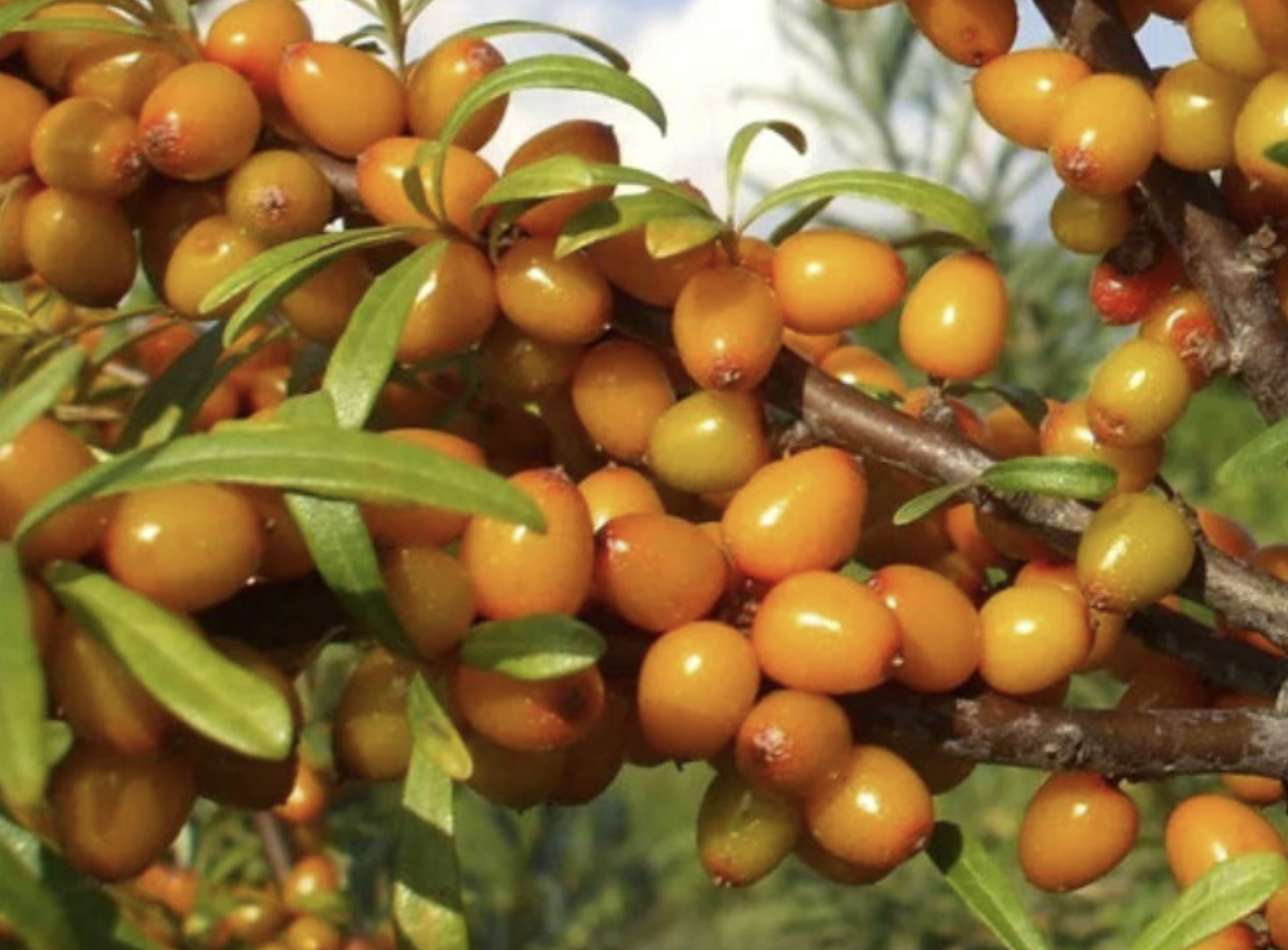
Climate Adaptation & Resiliency
Building Resiliency: Climate Smart Adaptations for Fruit Growers
Extreme weather events can give fruit growers a preview of what producing food in a rapidly changing climate might entail. The general trend of increasing temperatures was solidified and reflected in the recent adjustment to the USDA plant hardiness zones. Coupled with extreme weather events, thoughtful climate adaptation strategies are essential. Included in this factsheet are some climate-smart considerations aimed at increasing the resiliency of a fruit-producing operation.
-
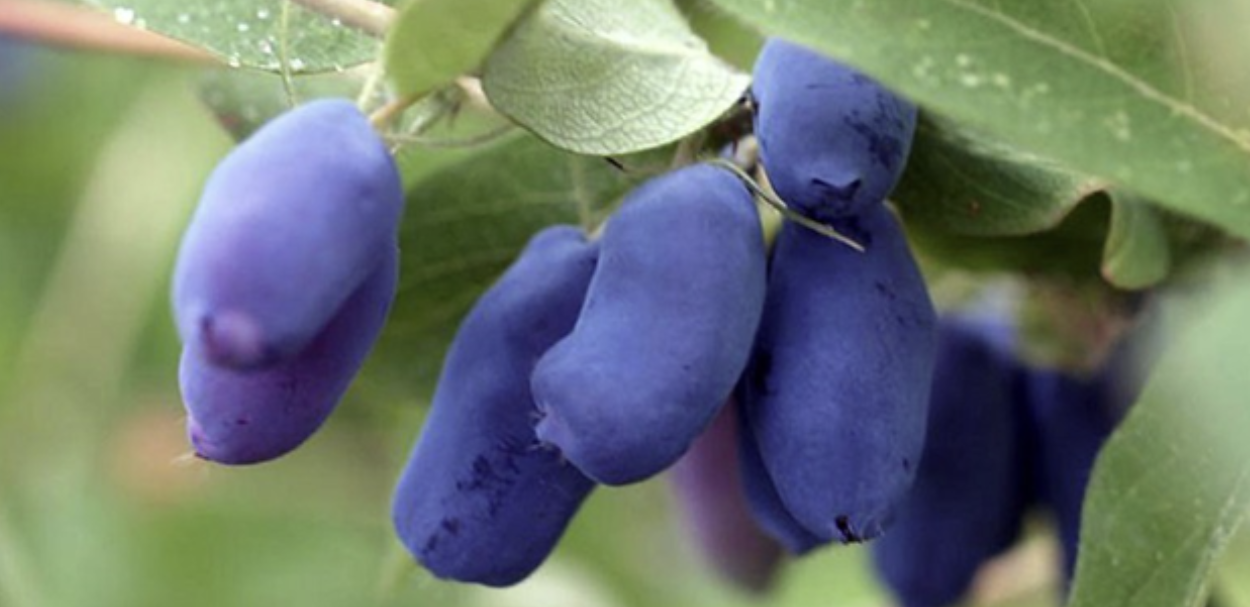
Agriculture & Farming
Unique Fruit Crops for Farm Diversification
As climate-related production challenges continue to become more prominent, the need to develop and maintain whole farm resiliency grows. Highly diversified farms enjoy a great deal of innate resiliency, simply due to their mix of commodities. Diversification can take many forms: utilizing new varieties, expanding into a new commodity group, or employing a new production system. One unique opportunity for diversification is to explore alternative, novel, or niche fruit crops. Below is a deeper look at two of the most appealing contenders for diversification.
-

Agriculture & Farming
Blueberry Weed Control and Pre-emergent Herbicides
Thoughtful weed management is essential to maintaining high yields and fruit quality in a blueberry operation. It also serves to reduce other pest issues. Growers continue to face challenges associated with weed management, including the development of herbicide resistance and challenges associated with climate change. In this factsheet is a brief overview of managing weeds in blueberries, with a special emphasis on pre-emergent materials.
-
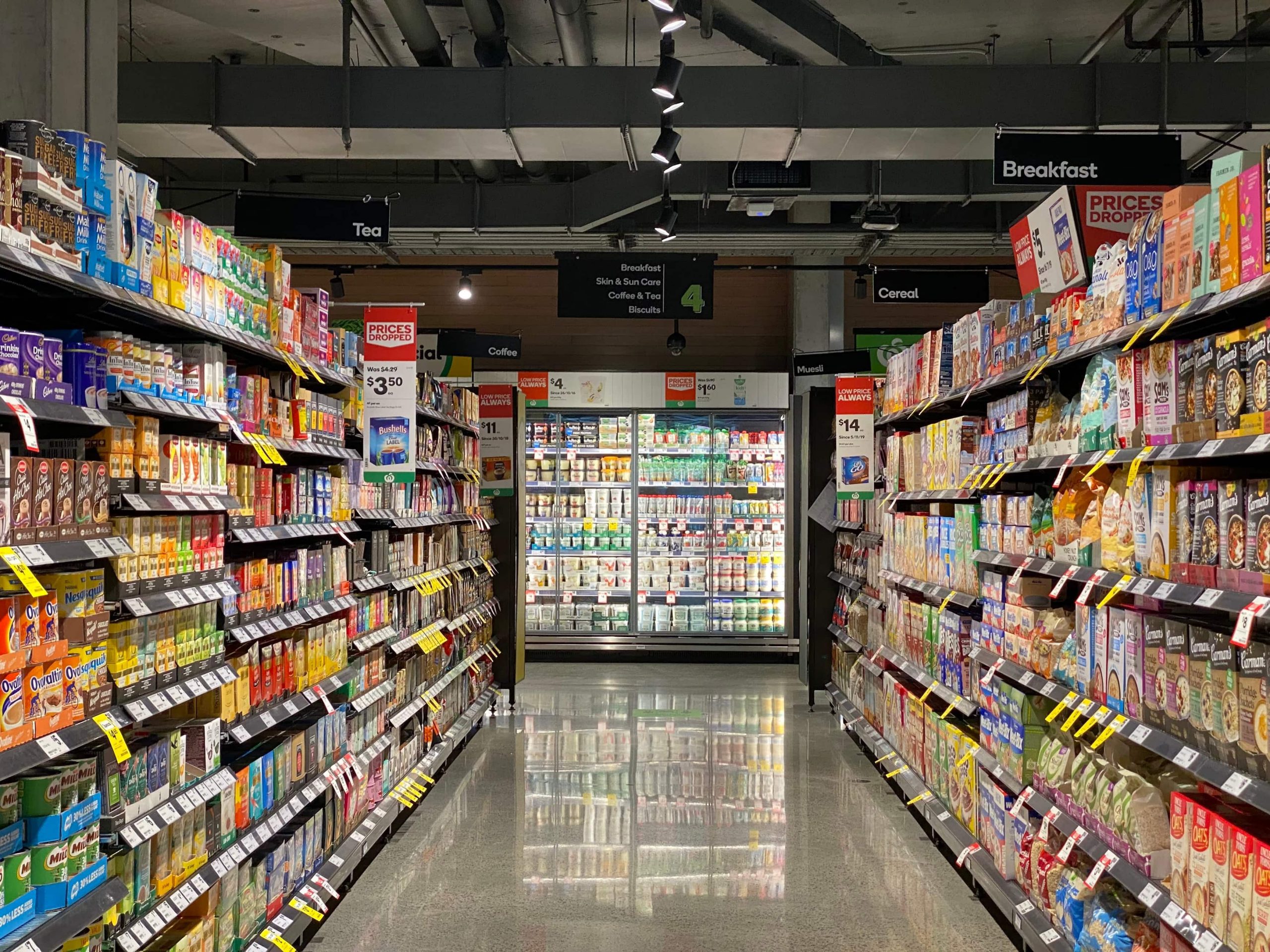
Agriculture & Farming
What do Labels Really Mean? Organic, Natural, Cage-Free, Grass-Fed, Pasture-Raised and Local
Organic, Natural, Cage Free, Grass Fed, Pasture-Raised and Local are terms on food labels and used in the news, but what do they really mean? And how important is it to buy organic and natural foods when it comes to healthy eating? Some terms are helpful, and others are misleading. This fact sheet reviews some of these terms and the meaning behind them.
-
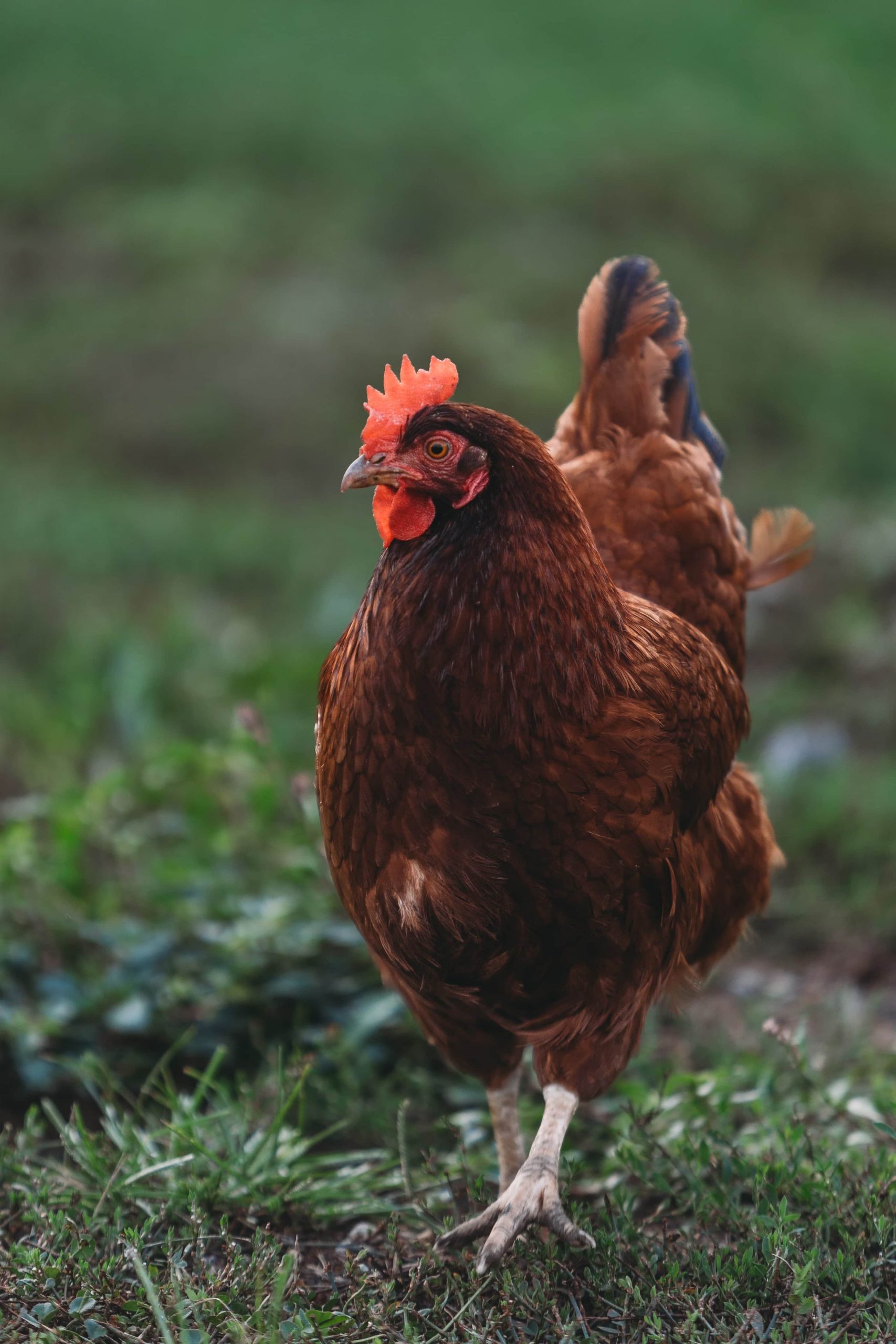 picture_as_pdf
picture_as_pdf
Agriculture & Farming
10 Consejos Para los Nuevos Criadores de Aves de Corral: Cómo Promover Parvadas y Familias Saludables
La cría de aves de corral domésticas puede ser una experiencia divertida y gratificante. Hay varios pasos que puede tomar para establecer y mantener la salud de su parvada, su familia y el medio ambiente.
-
 picture_as_pdf
picture_as_pdf
Agriculture & Farming
10 Tips for New Poultry Owners: Promoting Healthy Flocks and Families
Raising domestic poultry can be a fun and rewarding experience. There are several steps to establishing and maintaining the health of your flock, family, and environment.
-

Livestock, Dairy, Equine, & Poultry Handling
SPRING is in the Air: Ideas of How to Prepare
After a long season with little color, when Spring arrives it’s great to see the greening of the grass and blooming flowers. Horses shedding definitely is another reminder. As a horse owner, when you think of the word SPRING, it can help bring to mind some tasks to focus on.
-
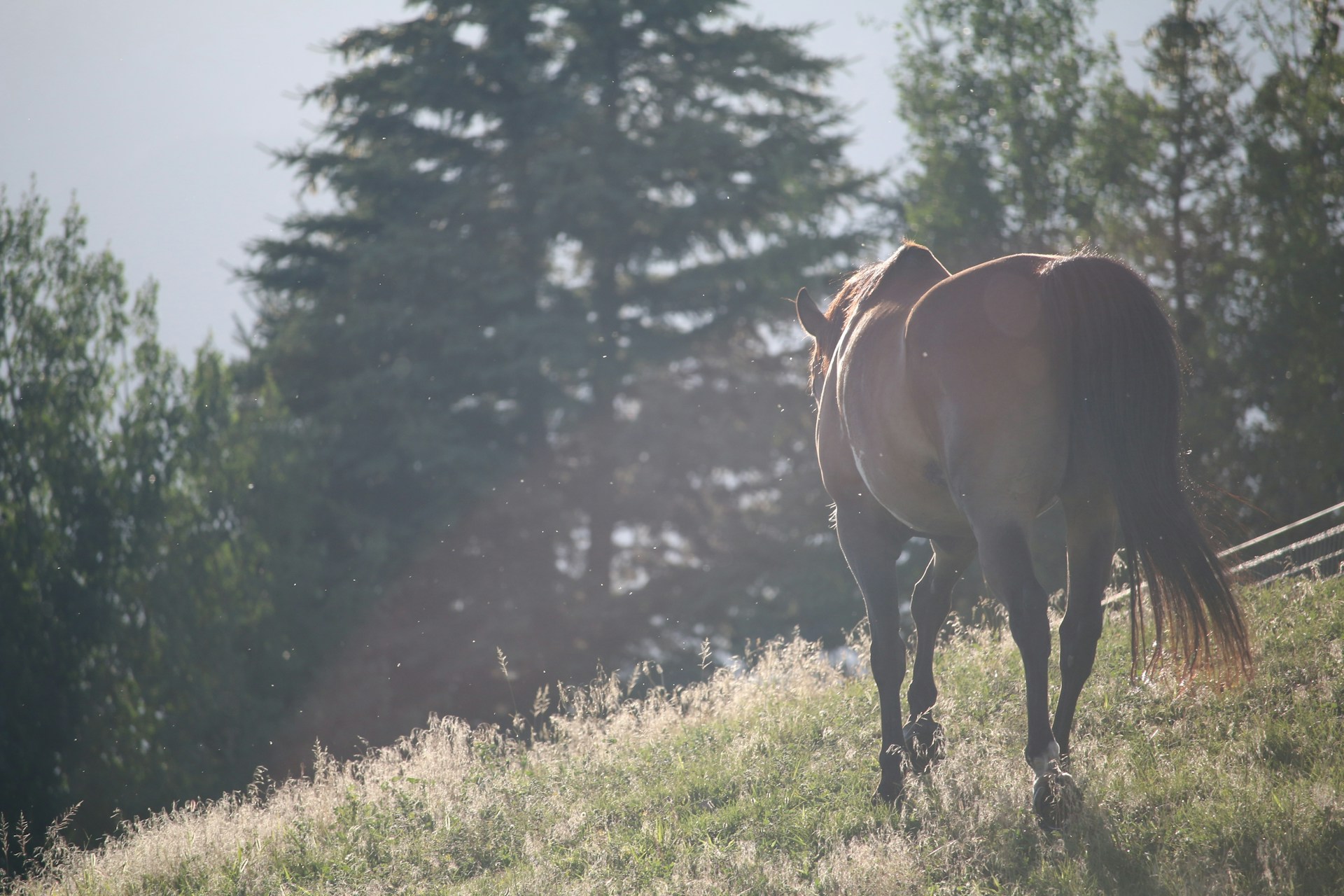
Livestock, Dairy, Equine, & Poultry Handling
Equine Herpesvirus
Equine herpesvirus infections are very common in horse populations. Familiarity with the types of equine herpesviruses, clinical signs, transmission, diagnosis, treatment and especially, ways to protect your horses from infection are the best practices in managing the disease. In this fact sheet, we will focus on EHV-1 and EHV4, which are the two that result in serious clinical disease in the horse.
-
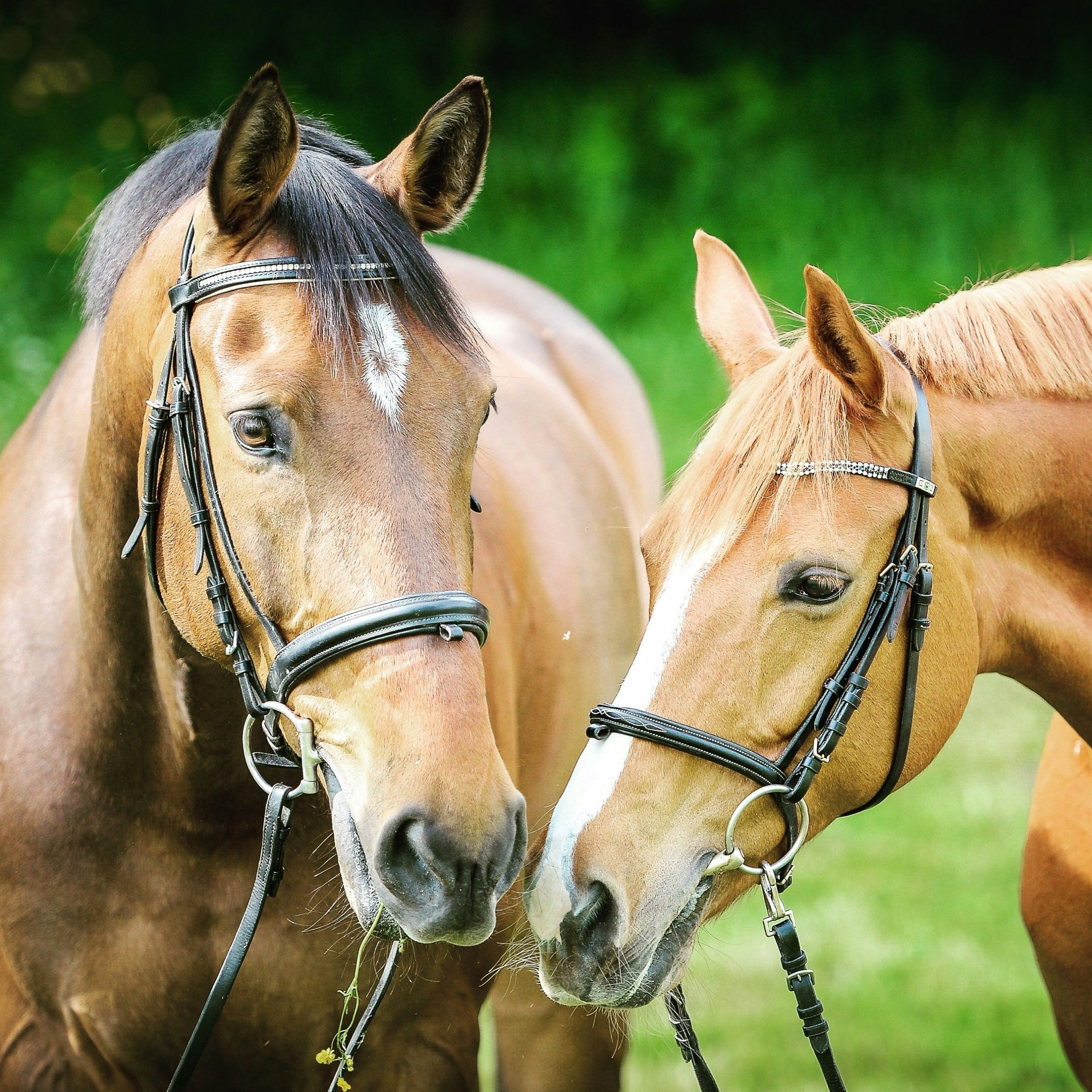
Livestock, Dairy, Equine, & Poultry Handling
Coronavirus in Horses
In 2010 some coronavirus outbreaks occurred throughout the world in adult horses (and causing diarrhea in foals), but luckily, horses never transmitted to humans. It is also extremely unlikely that the disease would jump into humans from horses. In late summer 2018, several horses were affected by equine coronavirus at a horse show in the Northeast United States.
-
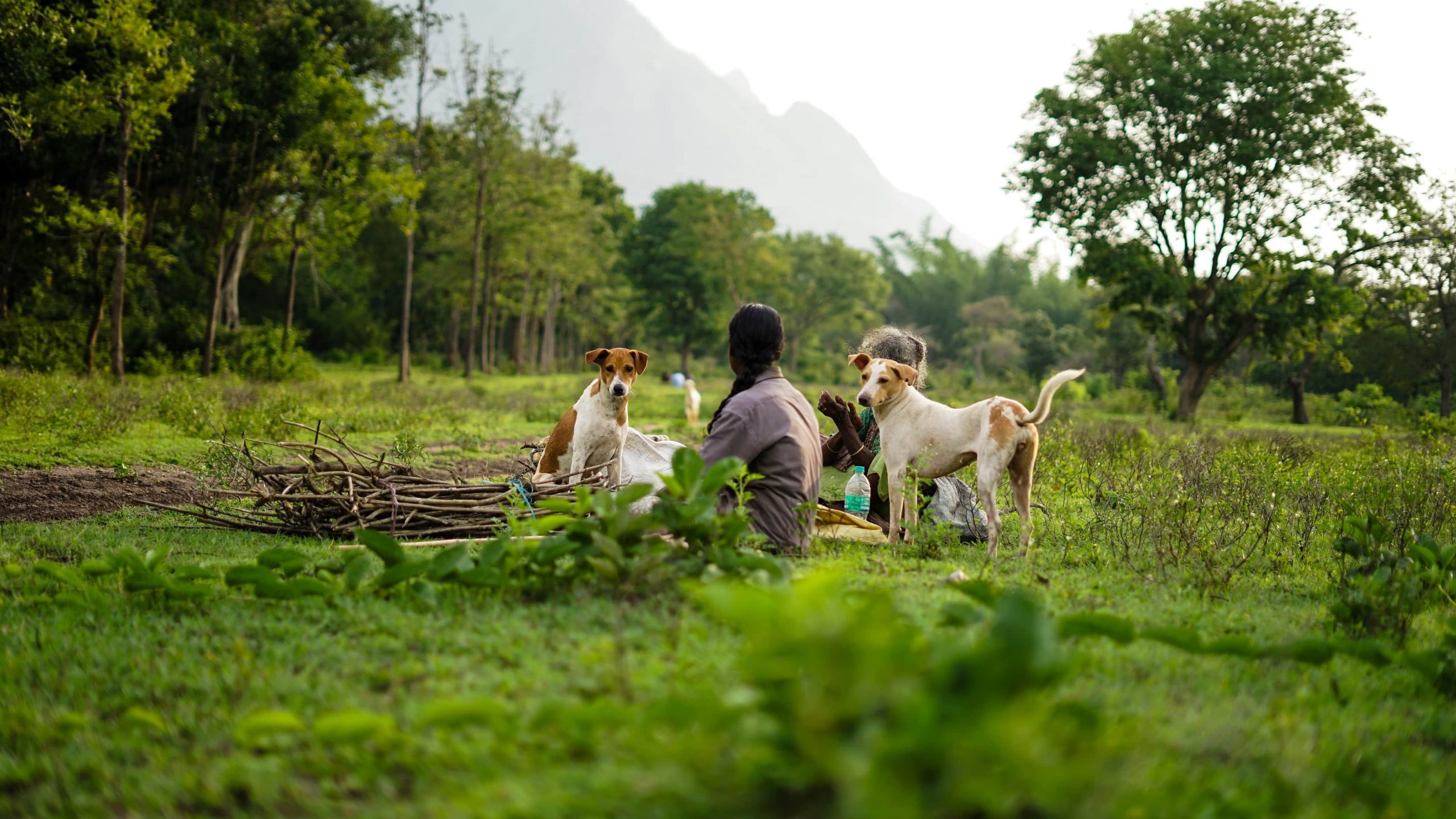
One Health
¿Qué es One Health?
One Health es un enfoque colaborativo e integrador que reconoce la interconexión entre los seres humanos, los animales, las plantas y el medio ambiente. Los seres vivos están estrechamente conectados con su entorno natural. Reconocer la interconexión de los sistemas humanos, animales y ambientales puede ayudarnos a promover comunidades y ecosistemas más saludables, el uso sostenible de los recursos y un mundo más resiliente. Por lo tanto, aquellos que utilizan One Health buscan aplicar una perspectiva sistémica para fomentar un cambio positivo. Esta hoja informativa es para residentes, dueños de negocios, municipios, productores agrícolas y otros miembros de la comunidad interesados en aprender cómo el enfoque de One Health puede optimizar nuestra salud colectiva.
-

One Health
What is One Health?
One Health is a collaborative, integrative approach that recognizes the interconnectedness between humans, animals, plants, and the environment. Living beings are closely connected to their natural surroundings. Recognizing the interconnectedness of human, animal, and environmental systems can help us promote healthier communities and ecosystems, sustainable use of resources, and a more resilient world. Therefore, those who utilize One Health seek to apply a systems perspective to encourage positive change. This fact sheet is for residents, business owners, municipalities, agricultural producers, and other community members interested in learning how the One Health approach can optimize collective health.
-
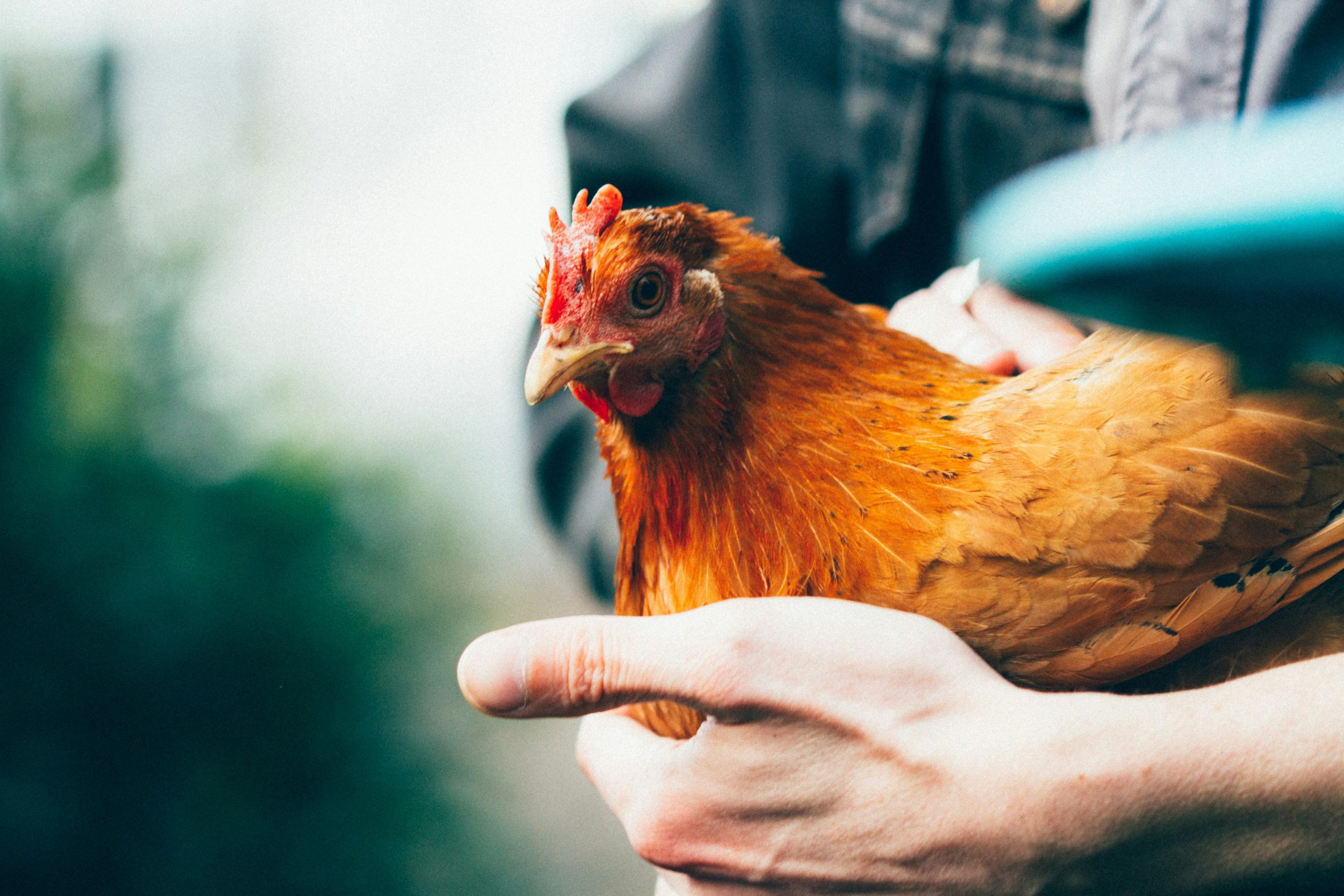
Agriculture & Farming
Backyard Poultry: A Quick Look at Raising Healthy Birds
Raising backyard poultry is an increasingly popular endeavor, providing fresh eggs, meat, and companionship, while contributing to a sustainable food system. Whether you are a beginner or an experienced poultry owner, it is essential to understand the fundamental aspects of poultry selection, housing, health management, and biosecurity to ensure a healthy, and productive, flock.
-
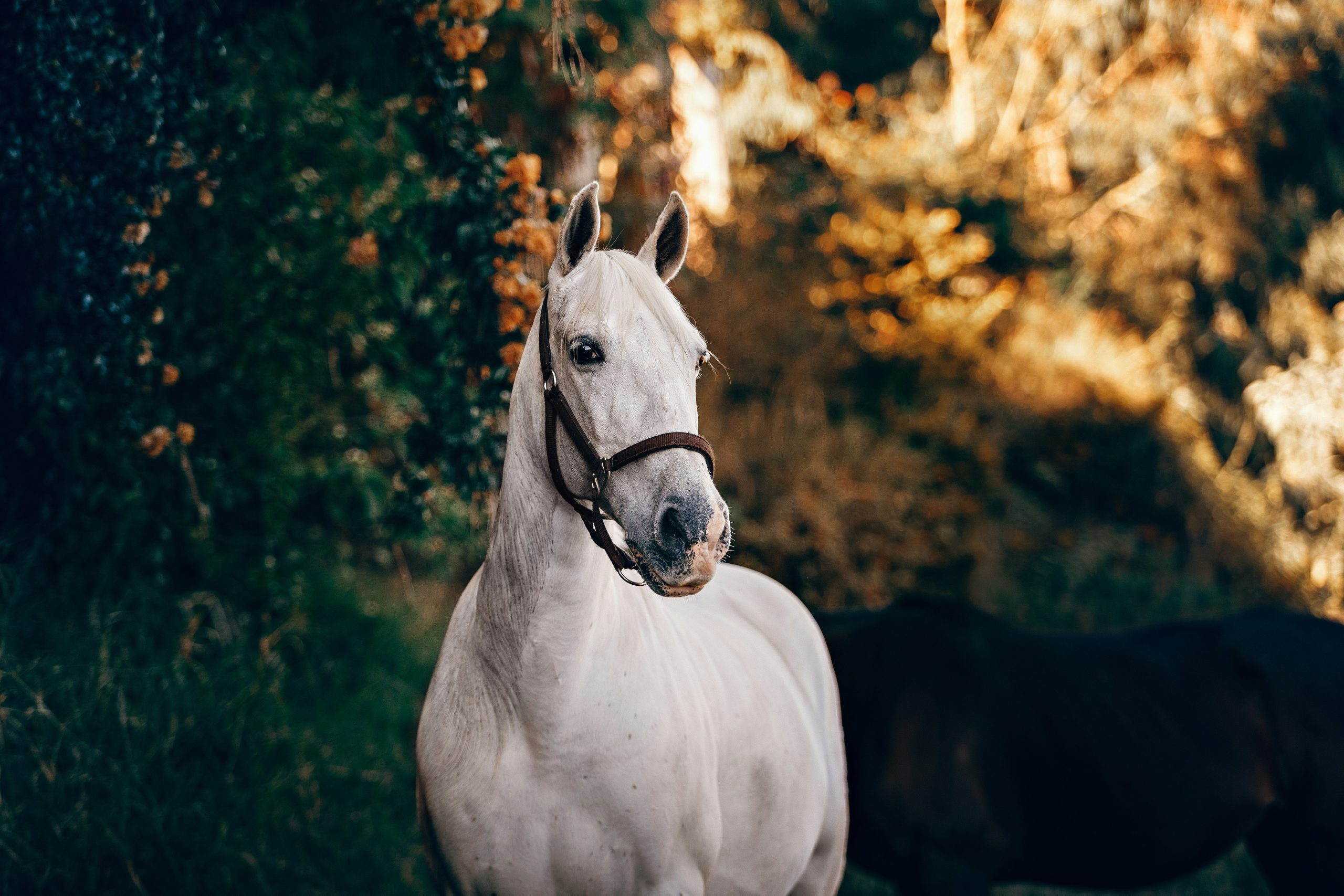
Livestock, Dairy, Equine, & Poultry Handling
Colic: Its Risk Factors and Prevention
Colic refers to any type of abdominal pain. There are many things that can be done to help prevent horse colic issues. By being aware of the risk factors and implementing these preventative measures, the horse can avoid this painful and costly disorder.
-
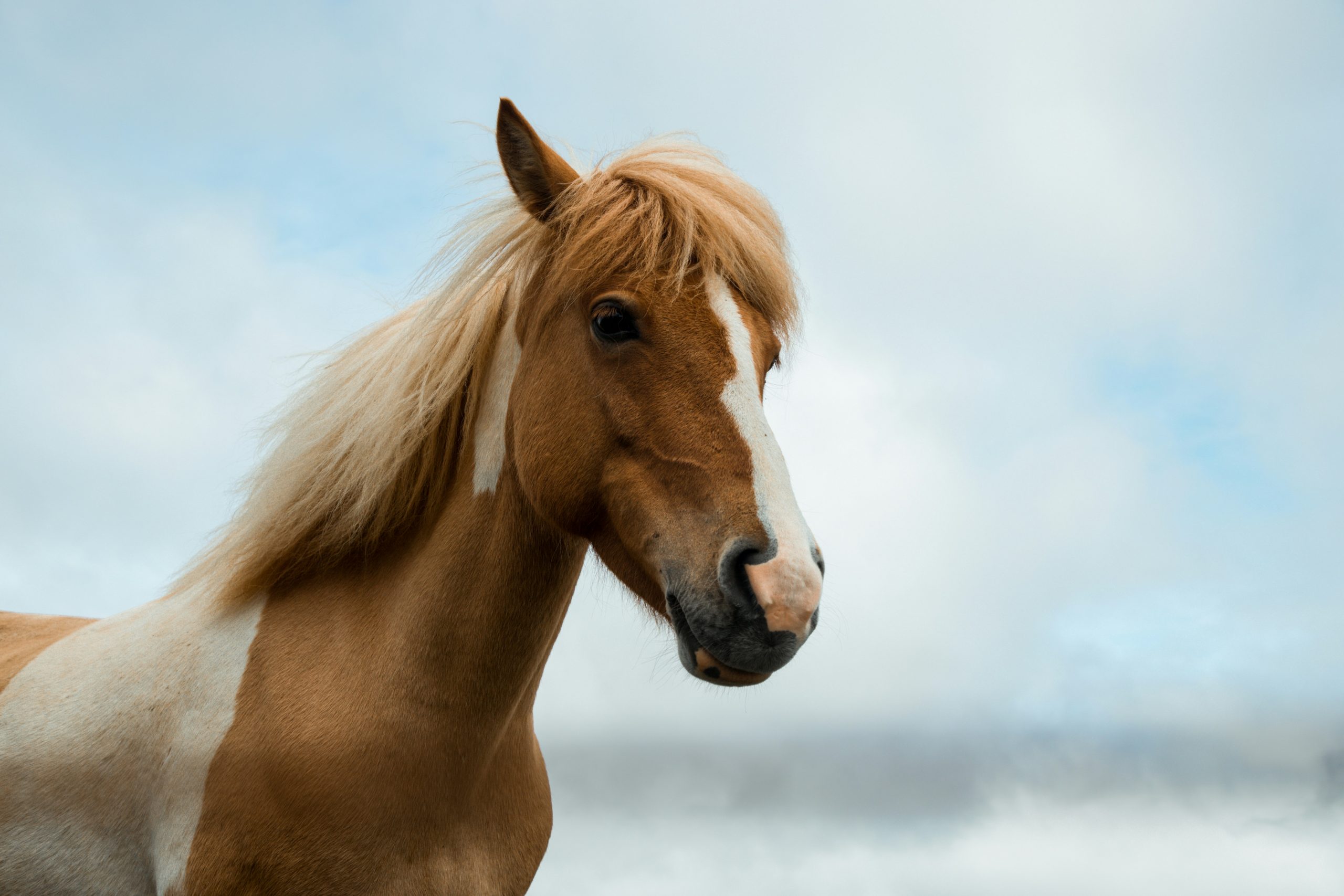
Livestock, Dairy, Equine, & Poultry Handling
Basic Equine Dental Care and How to Detect Trouble
All horses should receive a complete dental exam, at least yearly, starting from their first year of life. By the time most horse owners recognize that a horse is having trouble eating or is losing weight, that horse’s teeth may be severely abnormal. Proper dental care from the beginning of the horse’s life can help eliminate problems before they start. Seek an experienced equine dentist or equine veterinarian to undertake these necessary horse care issues.
-
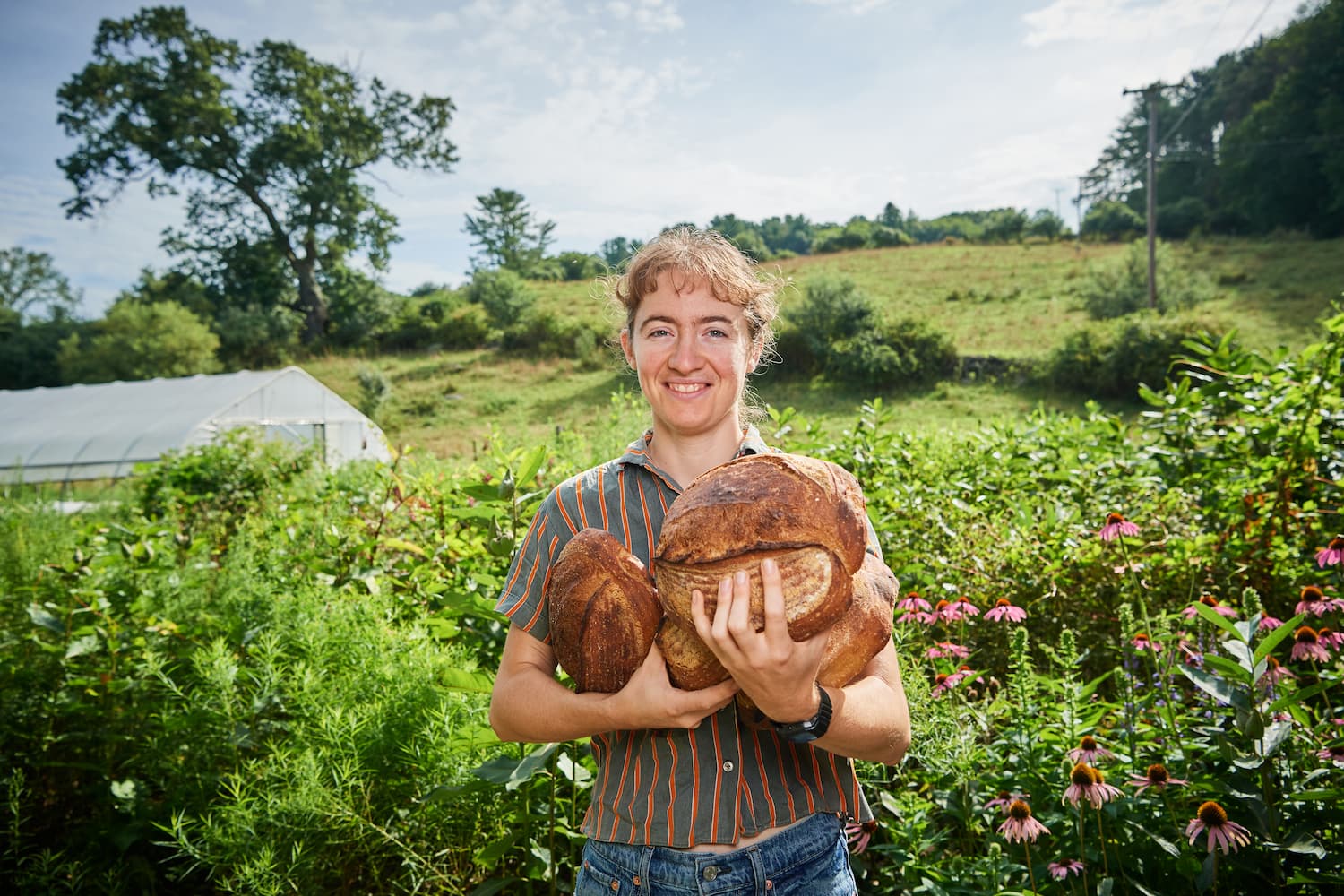
Agriculture & Farming
Crisis Communications Planning for Agritourism Operations
Agritourism is a viable option for farms looking to diversify their revenue streams, educate their neighbors and customers about agriculture, and share the joy that their farm offers. While optimism is preferred, preparing a crisis communications plan before it’s needed can aid in the farm’s resilience. Ideally, it becomes a practice that helps the agritourism operation prevent and mitigate threats. Good communication practices are part of any successful business, including communicating during a crisis.
-
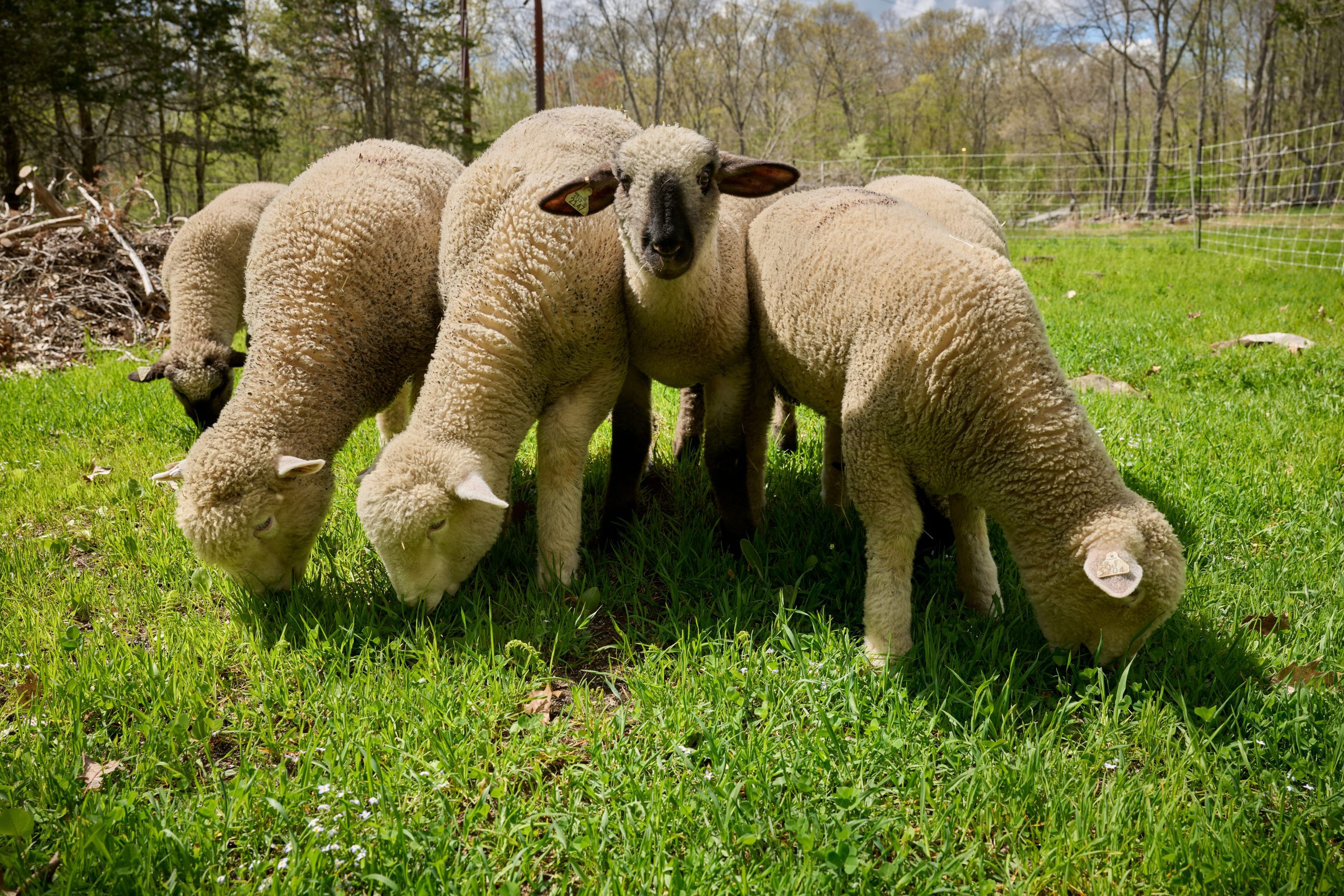
Agriculture & Farming
Developing a Biosecurity Plan for Your Livestock or Poultry Operation
A biosecurity plan is a proactive protocol for maintaining the health of animals and people that interact with production or hobby enterprises. The goal of biosecurity is to prevent the introduction and spread of disease-causing pathogens within and between groups of animals and humans. The factsheet integrates a ‘One Health’ approach and is intended for use by livestock operation managers, hobbyists, and others that work closely with poultry and livestock species. The best practices included in this resource may apply to any of the following: chickens, ducks, cattle, goats, sheep, pigs, and other domestic livestock.
-

Commercial Landscaping & Turfgrass
Invasive Plant Triage for Habitat Managers in Connecticut
Invasive plants are non-native species that reduce native biodiversity, alter habitats, impact the economy, and pose significant threats to ecosystems. The task of managing invasive plants can quickly become overwhelming due to their aggressive establishment and the time, money, and persistence required to achieve positive outcomes. One practical approach is to use triage, an assessment practice that prioritizes invasive species management strategies by the degree of ecological damage to the site and the economic resources required for management. This paper explores the fundamentals of a triage approach to invasive plant management, including its components, challenges, and implementation strategies for effective invasive species management.
-

Livestock, Dairy, Equine, & Poultry Handling
Insulin Resistance in Horses – Does It Matter?
Insulin resistance is defined as a reduced sensitivity of the body’s cells to insulin’s facilitation of glucose uptake. This article discusses equine insulin resistance including its causes, effects, diagnosis, treatment, and prevention.
-

Food & Nutrition
Yogurt, Kefir and Other Choices at the Supermarket
Yogurt is one of the most popular dairy products among Americans. The yogurt section in the supermarket continues to expand, and the many choices can be confusing. Nutritionally, yogurt is a good source of protein, calcium, and potassium. Most yogurts contain added sweeteners; however, it is usually sucrose, artificial flavors, and colors. Kefir is another fermented dairy product made by adding bacterial and yeast cultures to milk. Let’s look at some yogurt and kefir options in the dairy aisle.
-
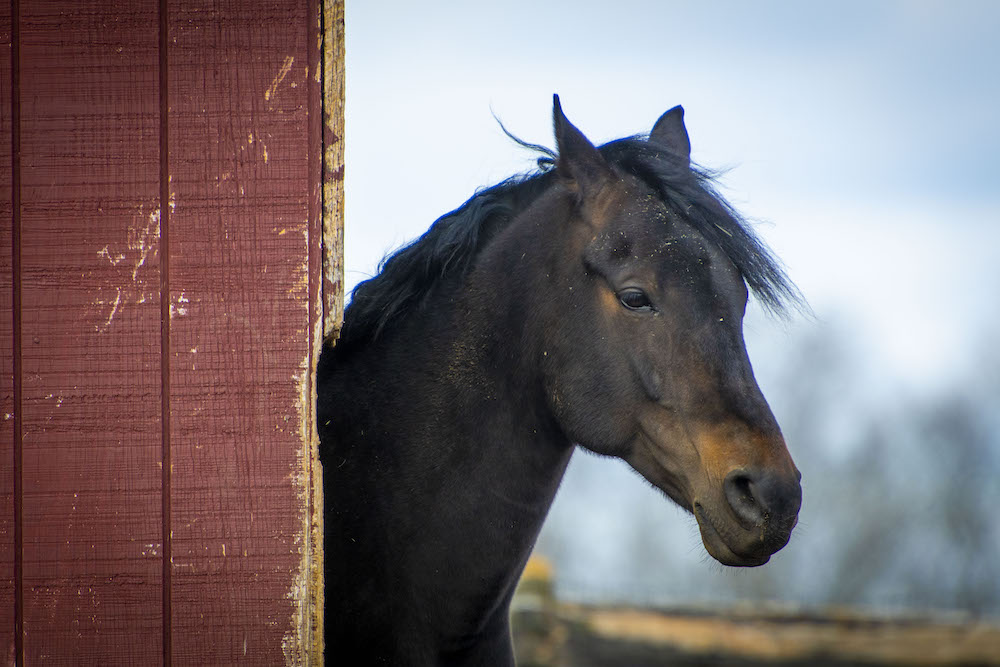
Livestock, Dairy, Equine, & Poultry Handling
Strategic Deworming and Preventing Reinfestation
As spring and warm weather approaches, horse owners typically consider deworming. Recent discussion has centered around how horse owners should switch from rotational deworming–or time-based deworming with the same drug–to strategic deworming also known as targeted or selective deworming. Following that will be consideration of ways to prevent reinfestation of horses that were dewormed.
-
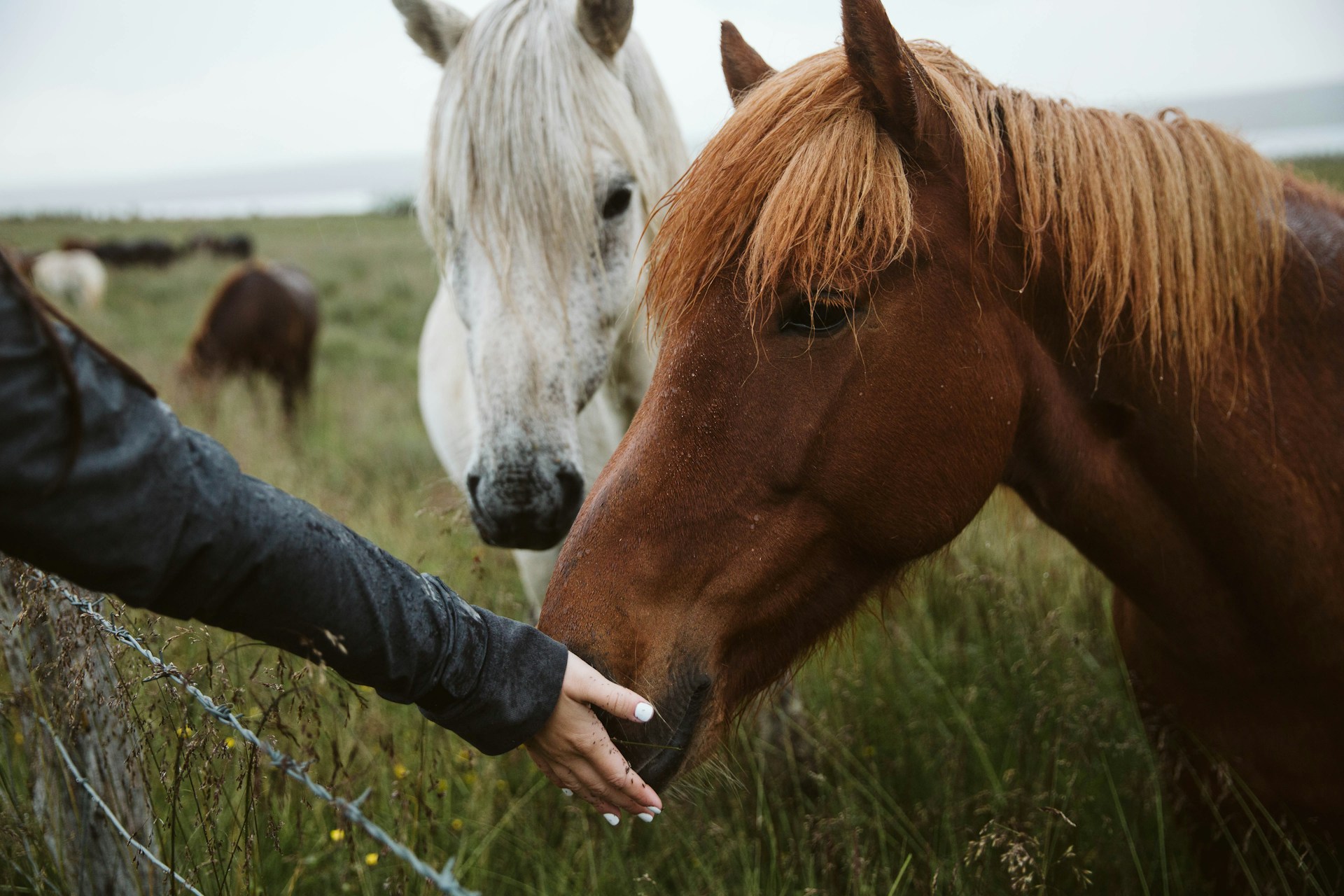
Livestock, Dairy, Equine, & Poultry Handling
Vaccination For Optimizing Equine Health and Performance
For horse owners, vaccination is a part of the routine maintenance of the animal’s health. Vaccination can prevent disease, reduce the severity of disease, and minimize the spread of disease. With one horse, the focus is on disease prevention. With more than one horse, the focus is on reducing the impact of an outbreak.
-

Commercial Landscaping & Turfgrass
Invasive Plant Factsheet Common mugwort (Artemisia vulgaris)
Mugwort (Artemisia vulgaris) is an invasive perennial frequently found in high elevation areas, disturbed habitats, meadows, valleys, and roadsides. Laboratory studies have found the presence of chemicals that could potentially suppress the growth of nearby plants.
-

Crop Production
FSMA Final Agricultural Rule on Pre-harvest and Post-harvest
This factsheet outlines the update on Subpart E pre-harvest agricultural water releases in 2024 and requirements for post-harvest activities, according to the Food Safety Modernization Act (FSMA) Produce Safety Rule, published in 2015. Pre-harvest agricultural water refers to water used during growing activities, such as for irrigation, and crop protection sprays.
-

Crop Production
Some Regulations and Codes Related to Commercial Greenhouse Construction in Connecticut
Under Section 1-1(q) of Connecticut General Statutes, greenhouses and other structures, used primarily for the production of horticultural commodities, are considered agriculture and farming. This fact sheet explores some Regulations and Codes related to commerical greenhouses in Connecticut.
-
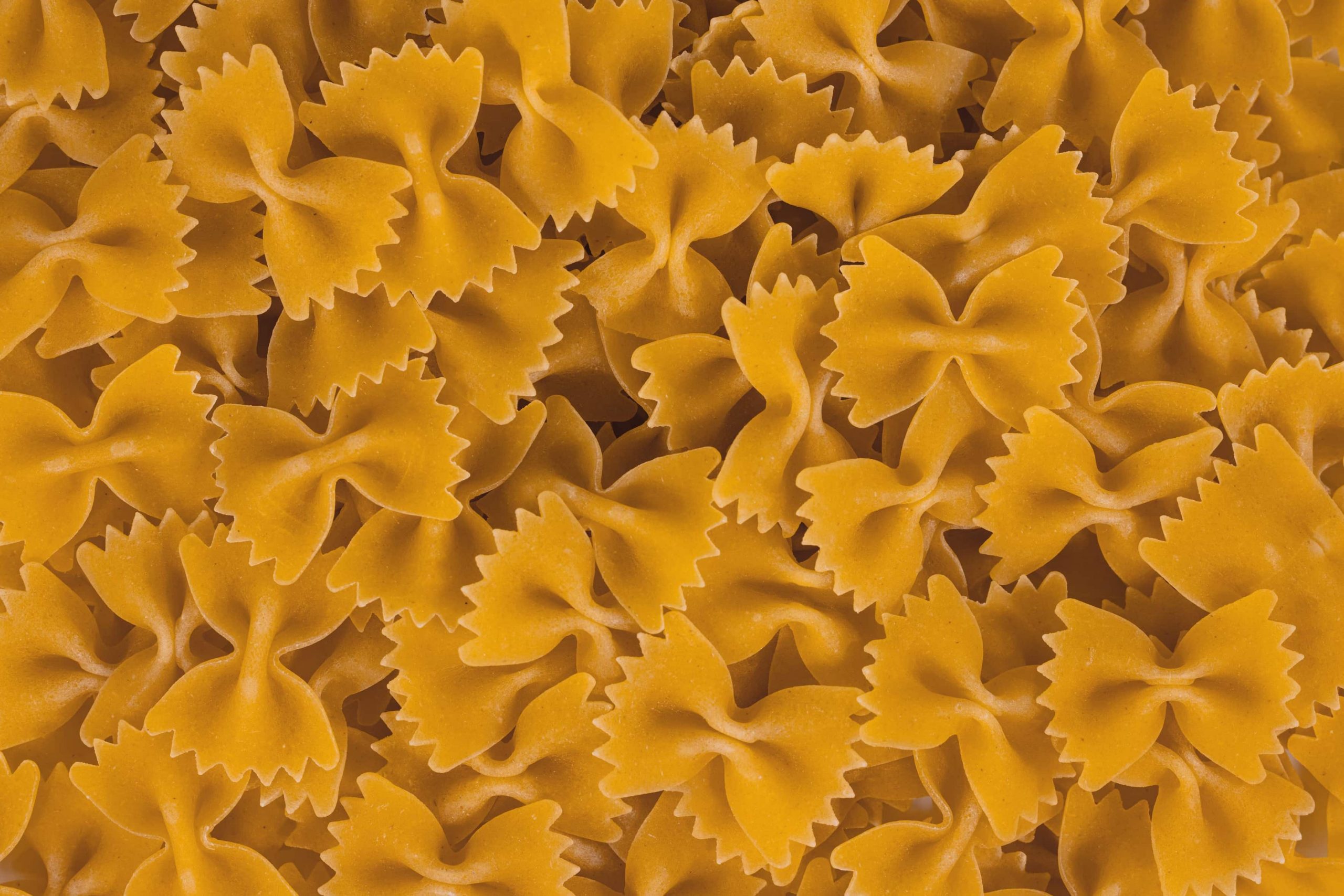
Food & Nutrition
Pasta Alternatives
Pasta is one food that many Americans use as a daily, weeknight and weekend, staple. It is easy to prepare and well-liked by everyone, including kids. A decade ago, the only options were regular and whole wheat. Now options abound and the choices can be confusing to consumers. Which pastas are the most nutritious? Pasta has often been maligned because of its carbohydrate content. Many fad and Keto diets recommend avoiding traditional white pasta, due to the refined grains and carbohydrate content. However, pasta remains a key component of many healthy eating patterns.
-
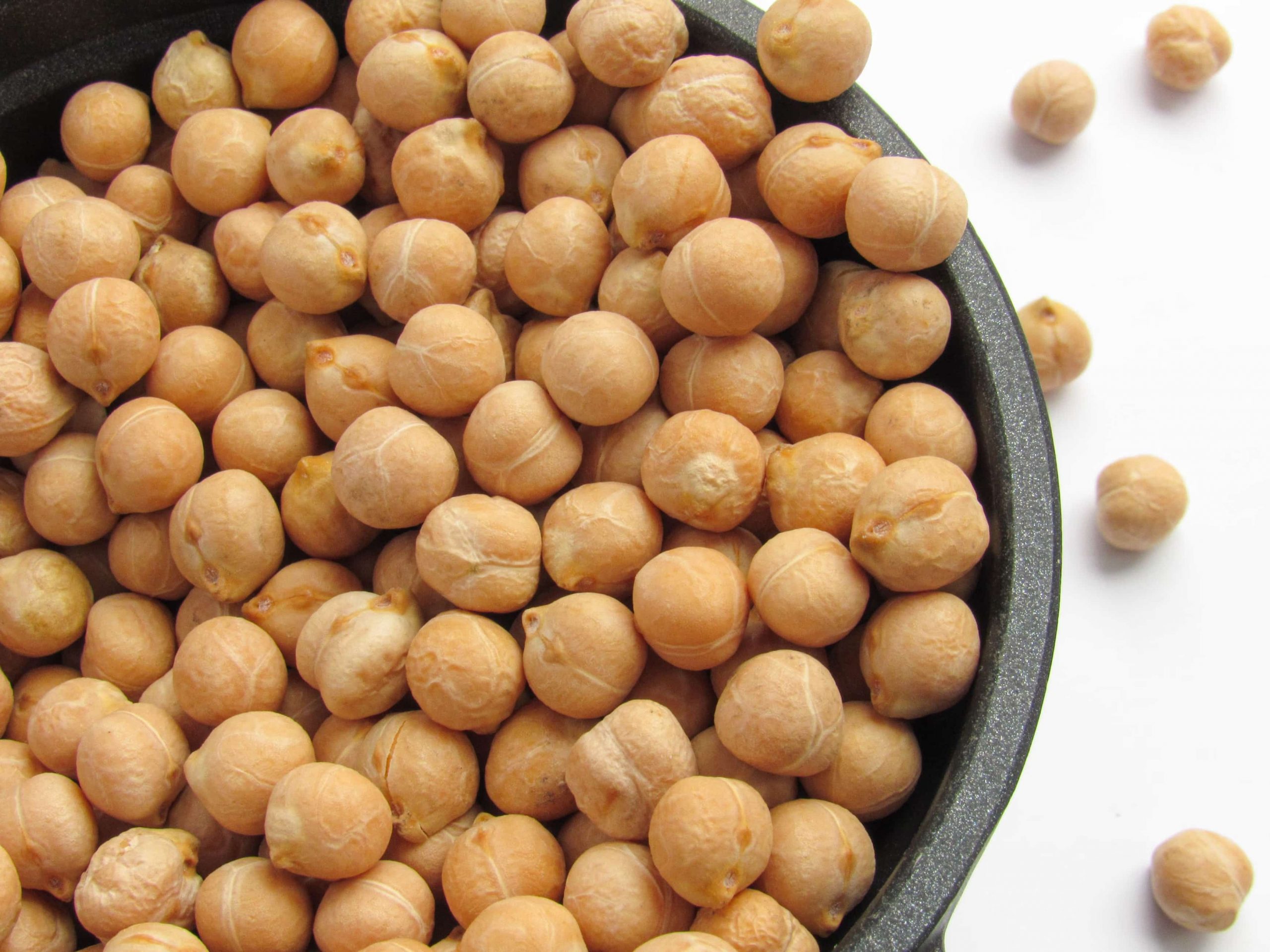
Food & Nutrition
The Health Benefits of Chickpeas
Americans have dramatically increased the use of chickpeas in their diets, over the past few years, particularly in the form of hummus. Chickpeas have so many nutritional and health benefits – adding them to the diet is a big nutritional boost. They are inexpensive and versatile to add to many dishes. This article looks at chickpeas and their health benefits.
-

4-H & Youth Development
Cultivating Civil Discourse: A Guide for Adults and Youth
Civil discourse is crucial for fostering understanding and collaboration in a diverse society. Challenges with civil discourse can arise in homes, workplaces, and communities. Extension professionals use science-based information, create spaces where diverse perspectives can be used, and encourage active listening among program participants.
-
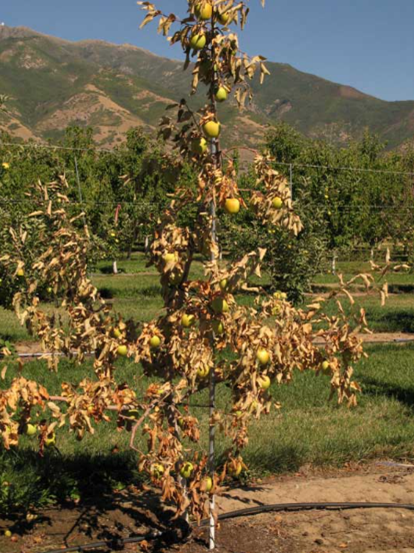
Crop Production
Rainfall and Root Rots in Commercial Fruit Operations
In orchards, excessive rainfall can lead to oversaturated soils, flooding, and standing water. As a result, observations of plant disease caused by soilborne pathogens often coincide. The excessive free moisture in water-logged soils is problematic for many reasons, the first being stress brought on by the plant roots not having access to oxygen.
-
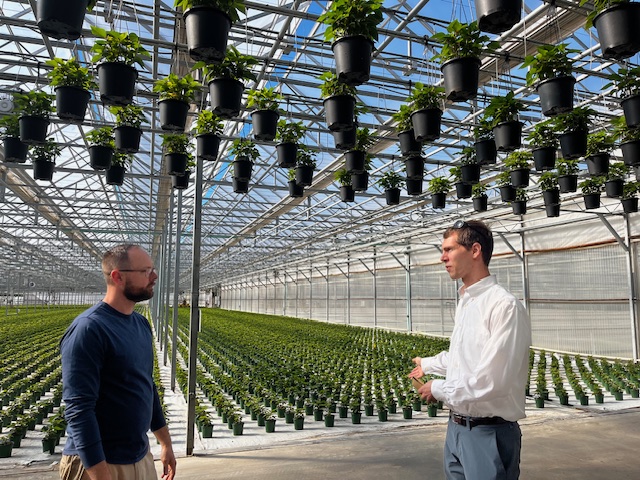
Crop Production
Wind Loads on Greenhouses
In most sections of the United States, the ‘wind load’ is the greatest force that a greenhouse will be subject to. Wind load can occur from hurricanes, tornados, or a sudden squall from a passing weather front. The wind forces that act on the greenhouse are influenced by numerous factors, including the basic wind speed, building orientation and exposure, height and shape of the greenhouse, and doors or vents that may be open at the time of the wind occurrence.
-
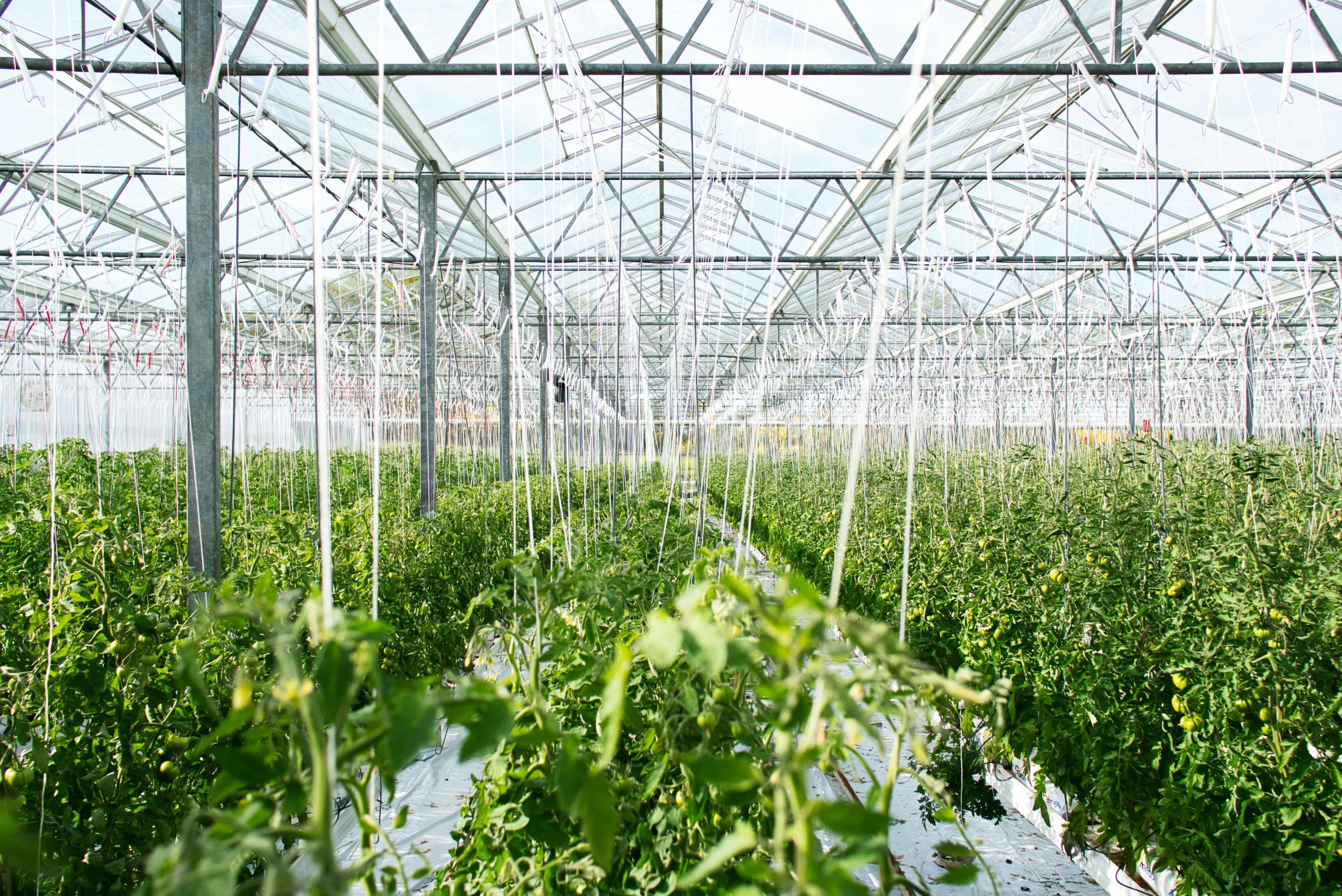
Crop Production
Getting Zoning Commission Approval for a Greenhouse
Whether expanding a greenhouse operation, or building a new one, zoning approval is required. In some communities, especially smaller ones, this may be easy to obtain. In others, a considerable expenditure in time and money may be required. This usually depends on the level of preparedness (including paperwork), the complexity of the regulations and the feelings of neighbors toward the business.
-

Livestock, Dairy, Equine, & Poultry Handling
How Horse Enthusiasts Can Help Protect Water Bodies
Time on the water, either with or without horses, is often restorative and a fun way to cool off. A horse owner’s thoughts may turn to dreams of riding on the beach or swimming with horses. However, here are some considerations of horses around water bodies.
-
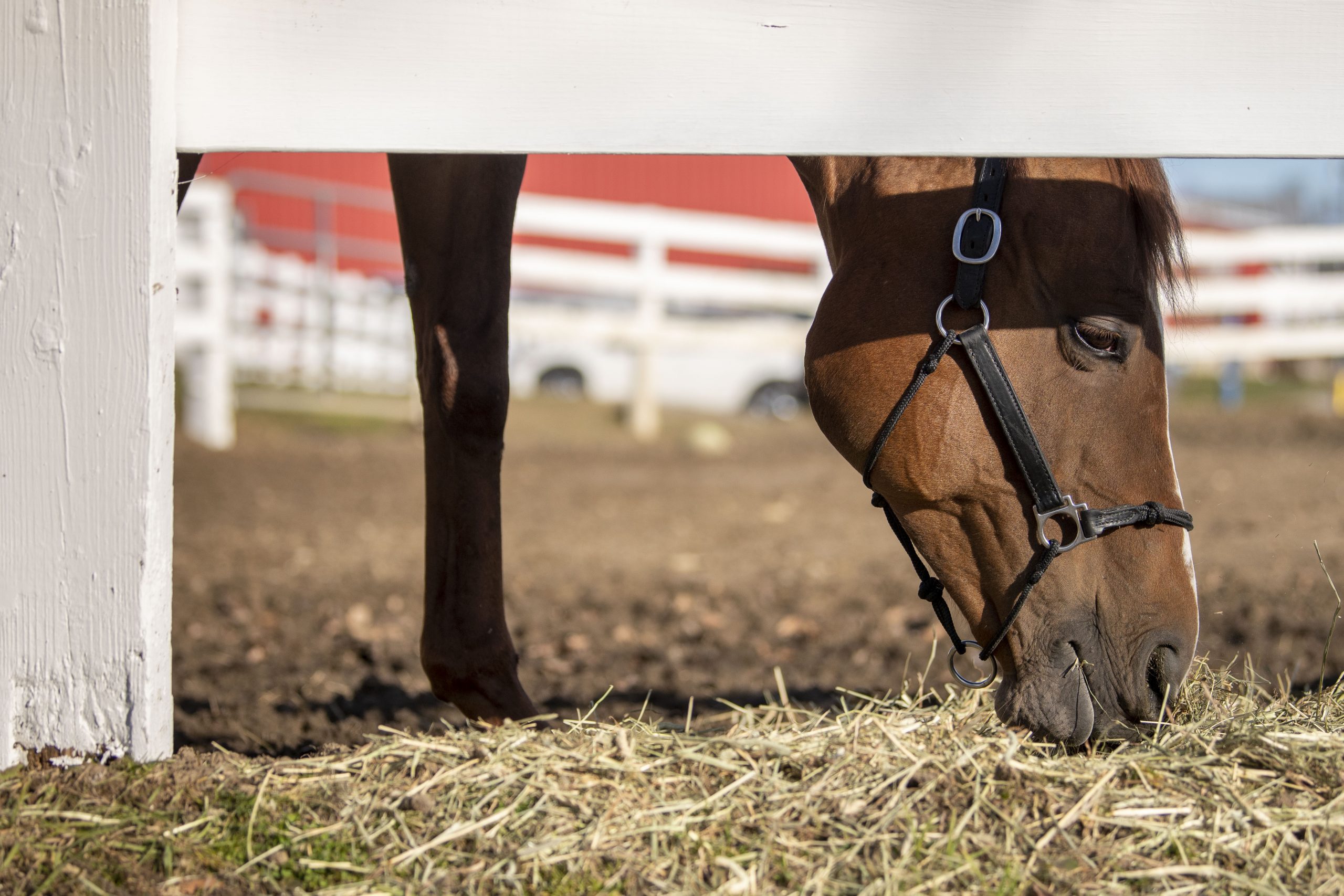
Livestock, Dairy, Equine, & Poultry Handling
Equine Management: To Blanket or Not to Blanket
To blanket or not to blanket? Some scientists from Norway decided to give horses the chance to answer that question. In a paper entitled Horses can learn to use symbols to communicate their preferences, scientists taught 23 horses three different symbols that either meant ‘take blanket off’, ‘put blanket on’ or ‘no change’.
-
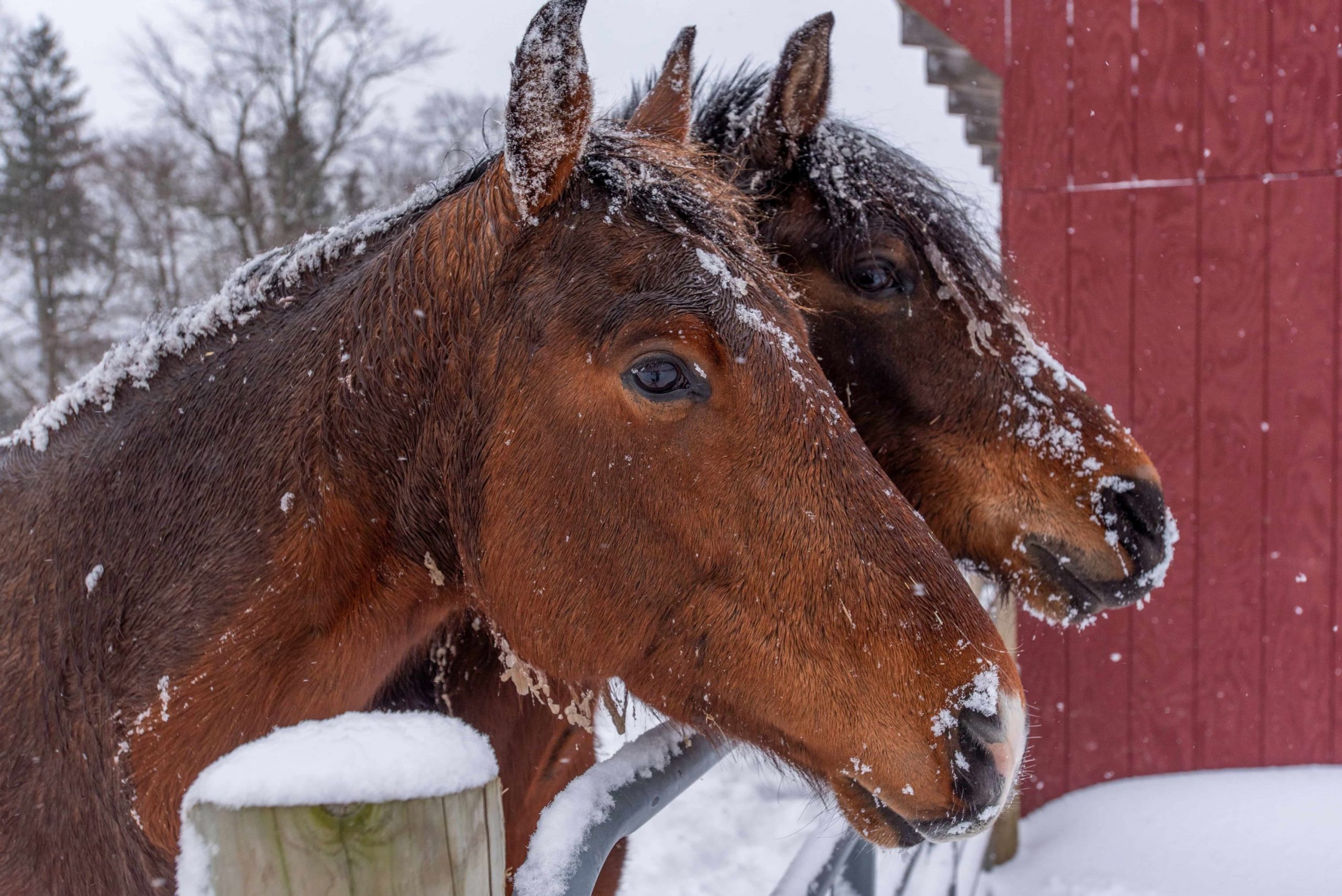
Livestock, Dairy, Equine, & Poultry Handling
Enjoying the Winter with Your Horse
One of the benefits of living in places that experience true winter is the ability to enjoy the changing seasons. By being properly prepared, there is no reason not to enjoy winter horseback riding. Here are a few tips for being prepared, using the letters from the the song Let It Snow for inspiration.
-
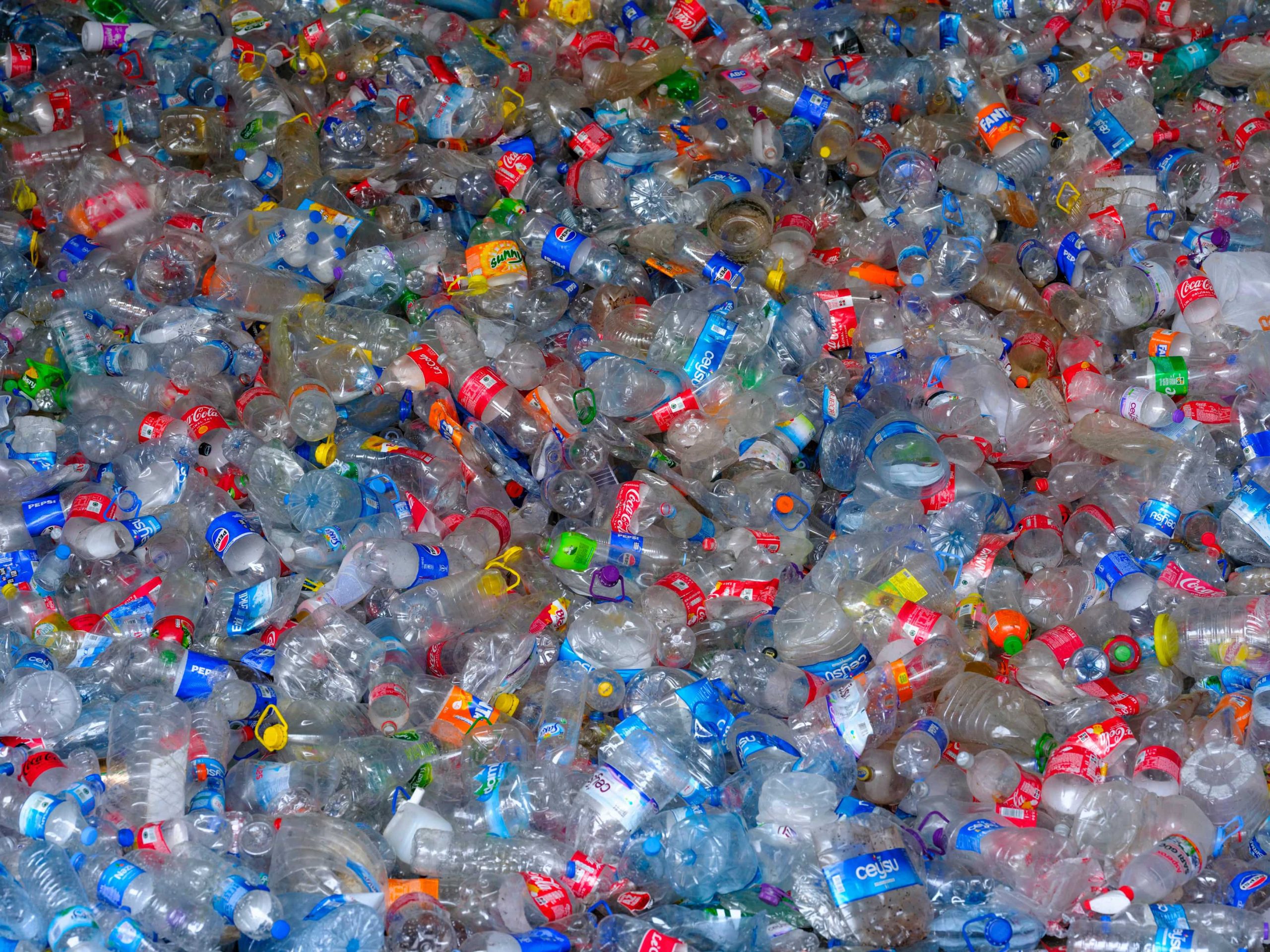
Health & Wellness
Lifecycle of Single Use Plastics
The number of single-use plastics that have been produced has increased alarmingly in recent years, with dire effects for wildlife, ecosystems, and human health everywhere. The cycle of plastics includes manufacturing, use, and disposal of these practical yet environmentally hazardous materials. This fact sheet attempts to educate the public on the harmful consequences of single-use plastics and the pressing need for change. and is useful for readers interested in information the use of single-use plastics, as well as help create awareness on single-use plastic effects on the health of animals and people.
-

Crop Production
Understanding Spring frosts: Critical Temperatures, Freeze Injury, and Frost Protection in Connecticut Fruit Orchards
Late Spring frosts remain one of the most concerning and devastating weather events for fruit producers in the Northeast U.S. With a shifting climate and increasing weather instability, it is important to know what factors influence Spring frosts. Here, critical temperatures, freeze injury and frost protection are explored to help prepare for the future, keeping in mind that extreme weather events like this will likely continue to occur.
-
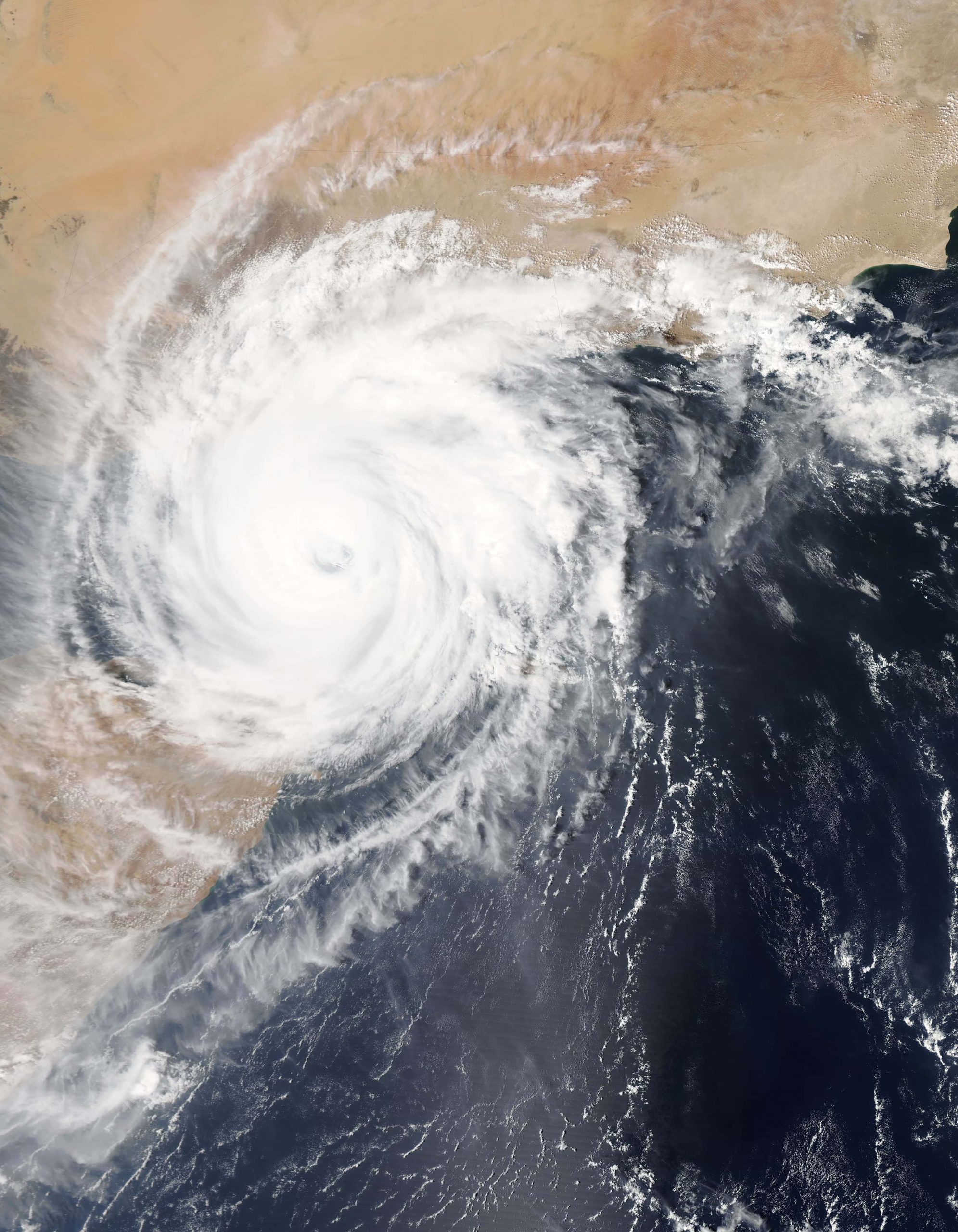
Disaster Preparedness
Low-Cost Emergency Supply Kit: Assemble Your Own Kit for Less
Emergency and weather-related events can lead to everything from power outages to evacuation, and preparing ahead of time can help reduce stress. Gathering supplies beforehand also ensures collecting the potentially wide range of needs of various household members. Although pre-assembled emergency supply kits are commercially available to purchase, a supply kit tailored to specific needs can be assembled inexpensively.
-
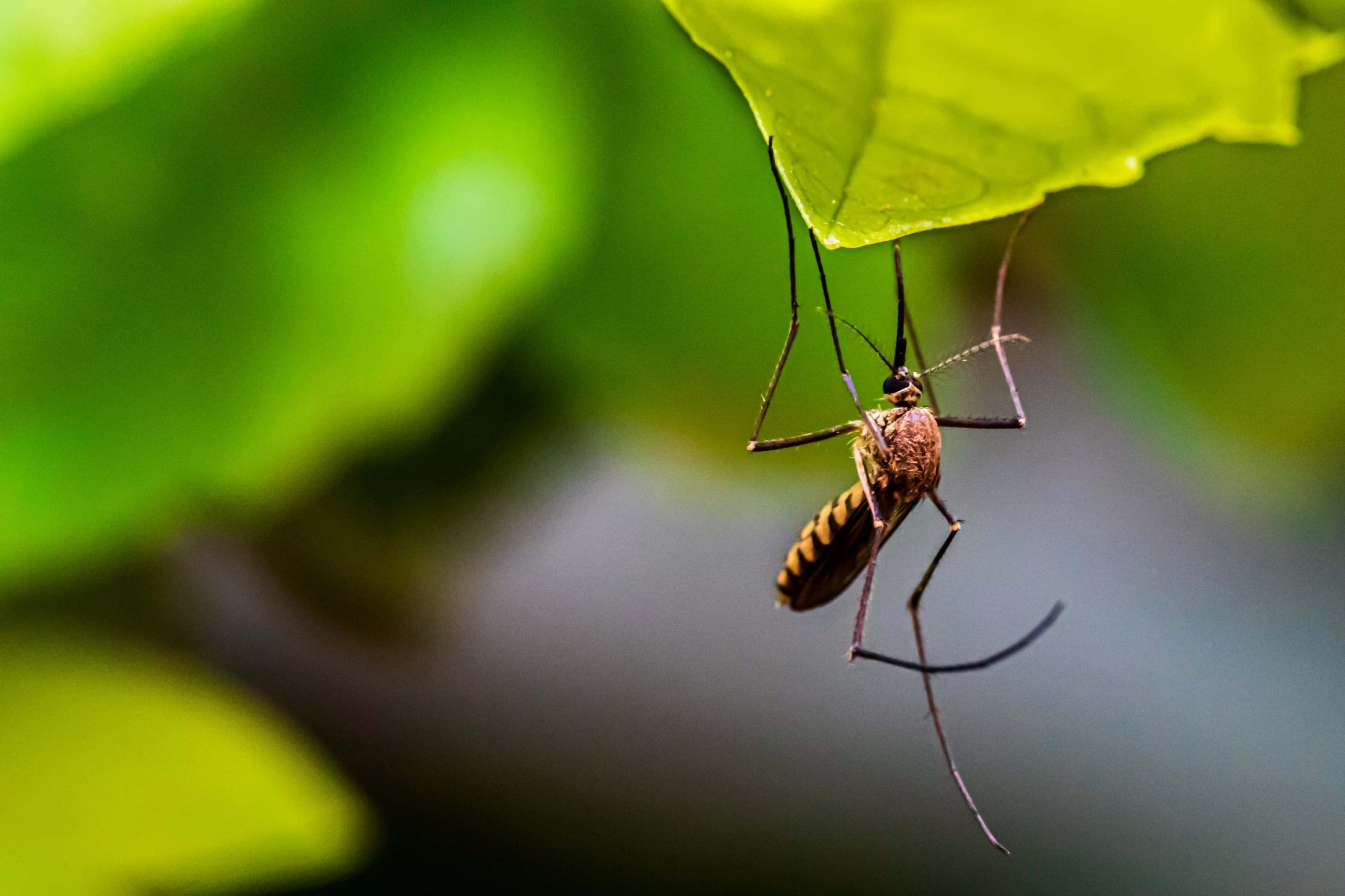
Health & Wellness
Eastern Equine Encephalitis (EEE) Fact Sheet
Eastern Equine Encephalitis (EEE) is a severe viral disease caused by the Eastern Equine Encephalitis virus (EEEV). The virus mainly circulates among birds, through mosquito bites, and can infect other animals, as well as humans. EEE is found primarily in the Eastern U.S., Great Lakes region, and along the Gulf Coast. EEE is spread through the bite of an infected mosquito that acquire the virus from birds. Mosquitos can then transmit the virus to humans and animals.
-
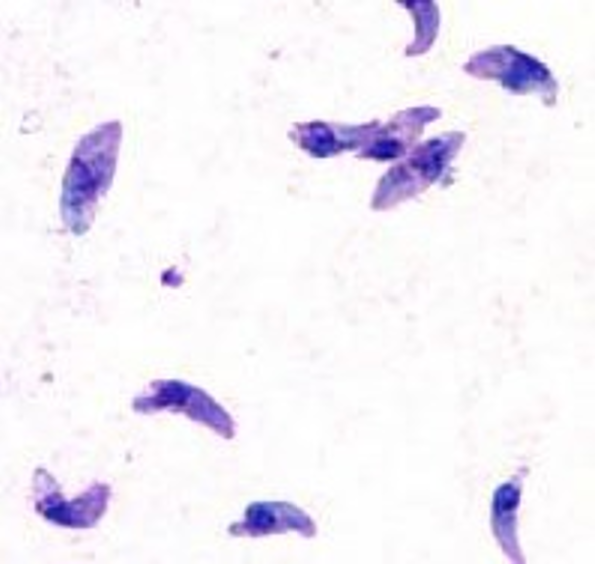
Health & Wellness
Toxoplasmosis Fact Sheet
Zoonotic diseases (that spread from animals to humans) are a common issue of concern worldwide. One Health, a program that prioritizes the health of humans, animals, and the environment, studies how zoonotic diseases are transmitted between animals and humans via various methods. This fact sheet provides information on Toxoplasmosis, a common protozoan zoonotic disease in the United States. The etiological (origin) agent of toxoplasmosis is a protozoan parasite called Toxoplasma gondii. It is most commonly contracted by eating infected undercooked meat, or through infected cat feces.
-

Food & Nutrition
Does Bird Flu Affect My Food?
Bird flu (avian influenza) has become an increased concern in the health community throughout the United States. Thoughts of the potential risk of contracting the disease from foods that store bought foods prepared and consumed at home are concerning to many consumers. This fact sheet provides information on how to prevent risk from bird flu exposure and how to prepare food properly to ensure food safety.
-

Health & Wellness
Cleaning and Removing Mold in Your Home
Mold grows in wet, damp conditions, and in homes can form after flooding or water leaks. Mold in the home can cause health issues, and it is important to remove it quickly and carefully. Mold can grow on many surfaces, including walls, clothing, carpets, and in the spaces under carpets, between walls, attics, and basements, damaging building materials and furnishings. Look for discolored patches, including red, black, blue and green; it can also appear slimy or fuzzy. Negative health impacts from mold are common and are another reason it is crucial to avoid mold in homes, offices, and other locations.